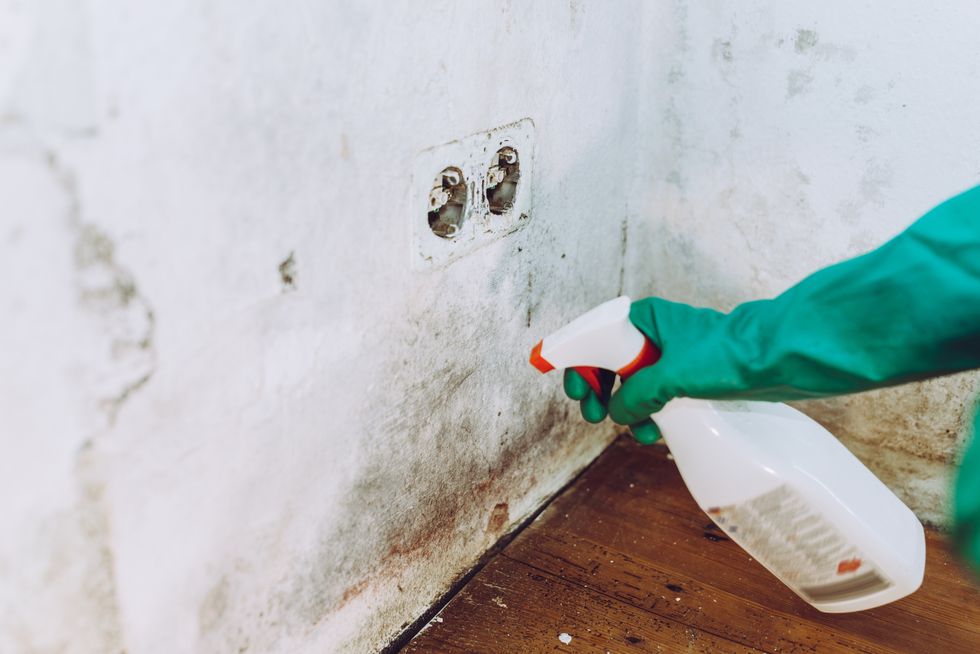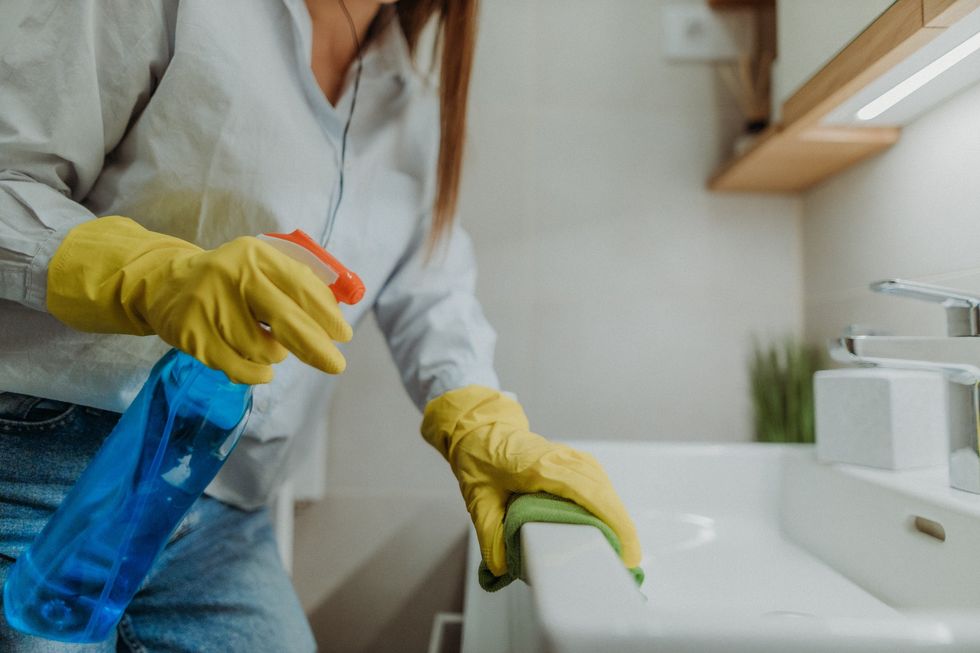Experts share the mould hotspot that is ‘not visible to the naked eye’ in people’s homes and how to clean it
Hidden mould is lurking in homes across Britain, with new research revealing its presence in every carpeted area tested – despite being invisible to the naked eye.
An experiment done by Factory Direct Flooring discovered mould was the most common of six bacteria strains found on floors.
The findings showed that mould was present on half of all floors tested and it was detected on every single carpet swabbed, posing an unseen risk to homeowners who may be unaware of its presence beneath their feet.
Managing Director at Factory Direct Flooring, Paul Hambidge, warned: “Our experiment found six bacteria strains on floors, and mould was the most common. The bathroom floor was the worst for it, followed by the hallway, stairs and then the bedroom.
“It was present on half of all the floors we swabbed, but where carpets were concerned, mould was found on all of them — but not visible to the naked eye.”

The experts encouraged people to regularly hoover their carpets as they can be a hotspot for mould to grow without people knowing.
Cleaning Expert at Housekeep, Henry Paterson said: “Carpets can end up harbouring bacteria and other nasties that are trampled in from elsewhere. They can also end up trapping moisture within the fibres.
“Most problems with carpets occur when the carpet fibres build up too much dirt over time and the strands start sticking to each other, which makes the carpet look tired and worn out.
“If you have one, you may want to lightly clean your carpet regularly with a wet or dry vacuum to help keep the fibres extra clean.”
The floor can sometimes be a source for infections with the carpet fibres offering an opportunity to hold dirt and pathogens. Keeping good floor hygiene is very important to stop infections with people.
Making sure rooms are well-ventilated too is important to make sure the humidity of rooms is not at a temperature for mould to grow.
Henry said: “Ensure there’s plenty of ventilation, especially in rooms prone to condensation, like bathrooms and kitchens.
“In practice, this means windows open where and when you can, and good, working extractor fans in kitchens and bathrooms.”
He recommended investing in a dehumidifier to maintain the right level if your room is unable to get the ventilation it requires.
LATEST DEVELOPMENTS
- ‘I’m 51 and have wrinkle-free skin thanks to 3 ingredients – strangers always ask how I do it’
- ‘It can turn into a nightmare!’ Expat warns of an unexpected con when moving to Portugal
- House prices rise across UK with a region up 7% – but ‘volatility’ likely as stamp duty change looms

Henry provided four top tips for people to consider to prevent or remove mould.
- Don’t place furniture right up against your walls. Instead, leave a little space to ensure air circulation.
- Try to avoid drying clothes indoors if you can. If you have to dry indoors, make sure the room they’re drying in is well-ventilated.
- Generally keeping a de-cluttered, neat and tidy home will reduce the risk of mould. This is because it is less likely there will be damp, poorly circulated areas for the mould to thrive in.
- Regular cleaning (including inside cupboards, drawers and wardrobes) will also help to prevent any mould from building up. Just remember to leave them to dry fully before refilling and closing.

